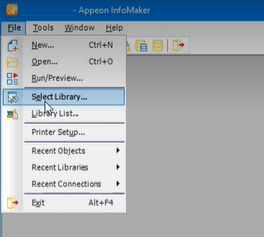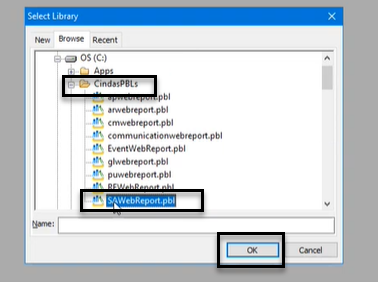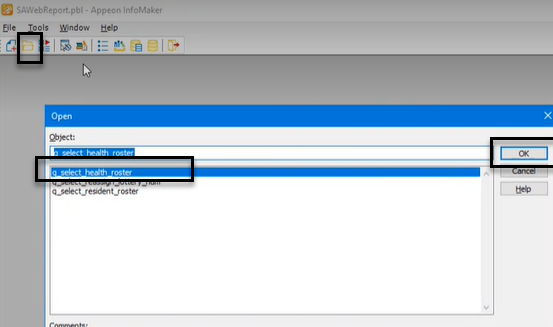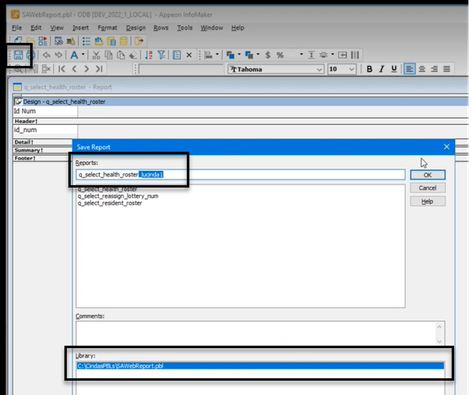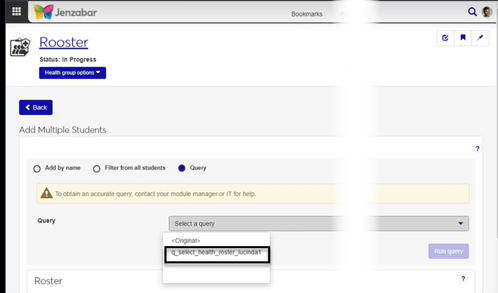Section List Report
Important
Information and features vary according to the roles to which you belong and the permissions associated with those roles. For more information, contact your module manager or your campus support team.
Use this page to generate a list of sections in the selected year/term. The report includes information on enrollment, credits, instructor, department, and division.
To build a list of sections for the report, you first select a year/term. Then you select which sections from that year/term to include in the report.
These are the options for finding sections:
Select all: Includes every section scheduled for the selected year/term
Section: Lets you enter sections one by one
Filters: Lets you search for sections using any or all of these filters:
Section Status: As listed on the Manage Section Details page, Enrollment tab
Day / Evening: As listed on the Manage Section Details page, Hours page
Division: As defined on the Division Definitions page (such as Graduate and Undergraduate)
Institutional Division: As defined on the Institutional Division Definitions page (usually departments or schools within your institution)
Subterm: As defined on the Subterm Definitions page
Data Set: Lets you select a predefined data set. The Original data set includes all sections scheduled for the selected year/term.
Note
Data sets use InfoMaker to query the database and determine which students are included. Queries are managed in InfoMaker, and updates made there are reflected in J1 Web.
The Original data set is provided by Jenzabar. Your school can define others.
Data sets are called queries in Desktop.
Included Information
The report includes these fields:
Institutional Division (such as department or school)
Division
Course (code and short title)
Professor (lead instructor)
Enrollment Status (such as Open or Full)
Capacity (maximum enrollment)
Enrollment (number of students currently enrolled)
D / E (day or evening schedule)
Credit (per division)
Prerequisites (also called Section Reminder [and Course Reminder in Desktop]; as set on the Manage Section Details page, Section Demographics tab)
Note
These fields are included in the Original layout. If you select a different layout, you may see different fields.
Display Options
You can add a subtitle to describe your selected sections. For example, "All Sections", "Graduate Division", or "Open Sections". You can also select a layout. The Original layout (d_section_rpt) is provided and is selected by default, and your school can create others.
You can run the report in Desktop, too, on the Course Listing Report window.
Permission to generate Section List reports is available in the Reports section of these roles:
Registrar
Registration Module Manager
Registration Reporting Module Manager
The permission required is "Can generate section list reports".
In the Registration Reporting and Processes hub, click Hub options.
In the Section reports section, select Section list report. The Section List Report page opens.
In Term, enter a year. The matching year/terms appear. Select one.
To build the list of sections for the report:
Select a radio button.
Select all: Includes all sections scheduled for the selected year/term
Section: Lets you enter sections one by one. Begin typing part of a section name, and select a section from the list. You can add multiple sections.
Filters:
Select a filter.
Begin typing a part of a value for the filter, and select a value from the list.
If you wish, click Add another filter to further filter the list.
Data Set: Lets you select a predefined data set. The Original data set includes all sections scheduled for the selected year/term.
Click Add sections. The button shows the number of sections that will be added to the list.
You can add more sections using the same radio button or different ones, and then click Add sections again.
In Display Options, you can enter a Subtitle. You can select a Layout if your school has created one. The Original layout (d_section_rpt) is selected by default.
Click Generate PDF. The report opens in a new tab.
What do the Prerequisite codes mean?
The codes are defined in Desktop on the Maintain Table Values window, column name prereq_cde "Course Reminder". Their codes and descriptions are visible there. Here are sample values, but your school's may be different. See the Course Reminder topic in Desktop help for more information.
DA | Dean's approval required |
DP | Department chair approval required |
FR | Freshman classification required |
IN | Instructor permission required |
SO | Sophomore classification required |
SR | Senior classification required |
UP | Upperclass students only |
Tip
To see your school's values:
In Desktop, on the Courses window, select the year/term and course section.
On the Course tab, Master 1 subtab, in the Characteristics group, right-click in Course Reminder.
Select Maintenance Screen. The Maintain Table Values window opens to the Course Reminder. You can see the codes and descriptions, and you can add, edit, and delete values.
In most cases, yes. Customized versions of the report created in Desktop before your school started using J1 Web should be available as options in the Report Layout drop-down. If your school created new customized layouts in Desktop and copied them to the appropriate location on the J1 Web server, those reports are also available in the drop-down.
However, certain reports were modified to be used in J1 Web (i.e., the base report for J1 Web is different from the base report in Desktop). In those cases, the customized versions from Desktop will not work even when they are moved to the correct location on the J1 Web server. You'll need to re-customize those reports from the original version of the J1 Web report by following the instructions to Customize Reports for J1 Web.
See the help for each report page for guidance about customizing a specific report.
For the customized versions of the report created in Desktop to appear as choices in the Report Layout field drop-down, your campus support team needed to complete certain steps as part of the installation process. For more information, contact your campus support team or see Working with Reports in J1 Web.
Tip
Only custom versions of the report created in Desktop before J1 Web installation will appear as choices in the Report Layout field drop-down. Reports customized in Desktop after you've installed J1 Web are not available in the drop-down unless they have been copied over to the appropriate location on the J1 Web server.
Verify the PowerBuilder Services URL is entered correctly in System Administration, System Settings, Product Installs and Sign page.
The URL must use HTTPS and not HTTP
The URL subdomain and domain must match the J1 Web URL

If the location where you store J1 Web reports is not the default installation location (C: > Jenzabar > Reports), verify the J1 Web server has permission to access the location. Detailed steps are available in the help topic Working with Reports in J1 Web.

